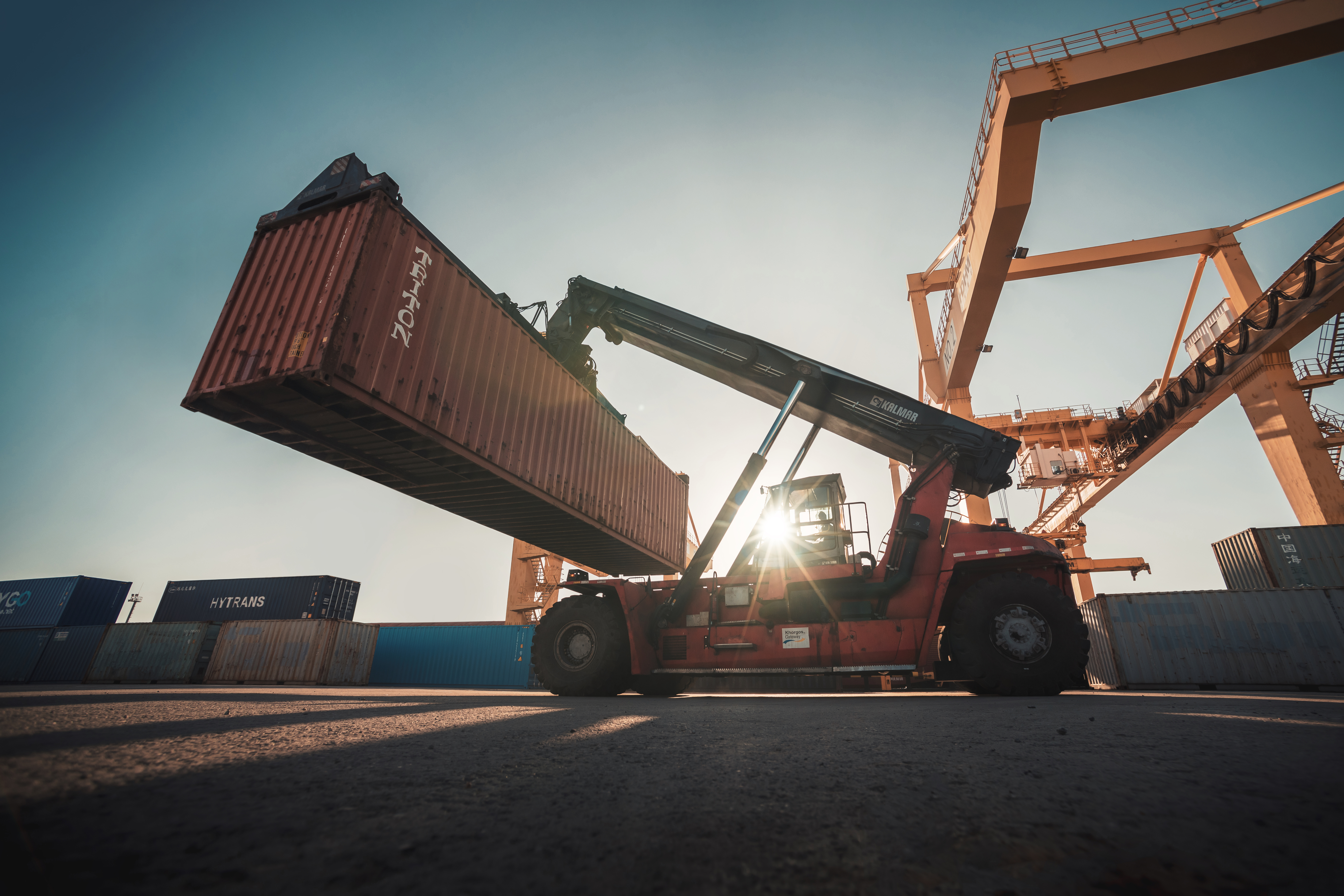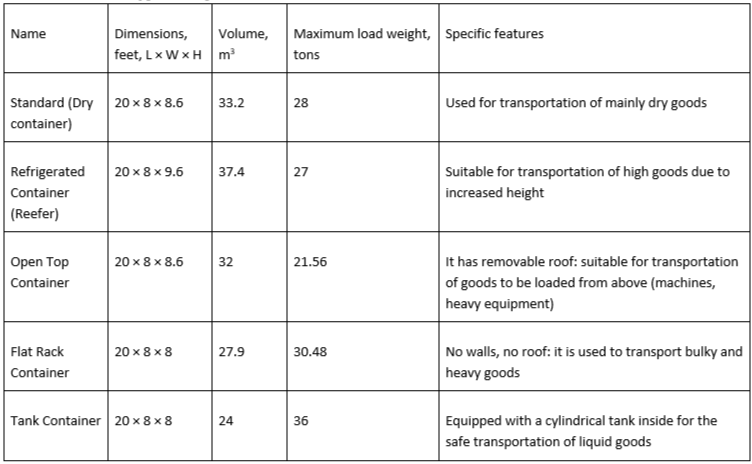What is the twenty-foot equivalent unit in container transportation and logistics?

In the world of international trade and global logistics operations, standard container sizes are used for ease of calculation. One of these is the Twenty-foot Equivalent Unit (TEU).
What is TEU?
TEU is a standard unit of measurement used to count containers and their capacity in the maritime and land transportation industry. It is a measure designed to harmonize cargo handling. It allows logistics companies, port and rail operators, and trade organizations to clearly understand the volume of cargo operations.
1 TEU is a container of 20 feet long. Its width and height are 8 feet. This container accommodates about 9 standard or 11 Euro pallets.
The 40-foot container is designated as FEU (Forty-foot Equivalent Unit) or 2 TEU. It accommodates 20 to 24 pallets.
History and standardization
The TEU concept originated in the mid-twentieth century. The twenty-foot container (or its equivalent TEU) was defined as a basic measuring unit, which can be used as a base to estimate the ship freight-carrying capacity and burthen, and to design port terminals, warehouses and other logistics facilities. Single TEU is 20 feet long, which approximately corresponds to 6.1 meters. The height and width are also standardized, but logistics is usually based on the container length.
TEU specifications
Specifications for TEU and other containers of this group are defined in standards: GOST R 53350-2009 in Russia, ISO 668:1995 in Europe.
Dimensions and capacity
Characteristics:
● Length – 20 feet (~6.1 meters).
● Width – 8 feet (~ 2.44 meters).
● Height – 8 feet 6 inches (~ 2.59 meters) for standard container, 9 feet 6 inches (~ 2.9 meters) for High Cube.
● Maximum gross weight – ~ 24,000-30,480 kilograms.
● Tare (dead weight) – ~ 2,300 - 2,400 kg.
Capacity is the amount of goods that can be accommodated in a standard 20-foot container. This is 9-11 standard or Euro pallets. Standard volume (33.2 m3) can be expanded by changing the height.
Container types and features
Twenty-foot Equivalent Unit – unit of measurement in container transportation, which refers to a standard twenty-foot container. This system allows unification of the cargo transportation process and enhances understandability of transported product volume. Various container types and specifications are listed below.

Each container type features differing characteristics: these were developed for the transportation of certain types of goods, which allows logistics companies to be flexible in their approach to the container freight transportation management.
What are the advantages of container transportation?
TEUs are used in rail and maritime logistics. The following is highlighted among the advantages:
- Flexibility. Containers can be loaded with any type of goods including hazardous substances.
- Protection. TEU reliably protects goods from damage during delivery. Over the last eight years, UTLC ERA has transported several thousand containers with a maximum cargo safety of 99.997%.
- Reduction of delivery cost. The price of goods transportation by containers is lower than, for example, by motor vehicle.
- Fast delivery.


